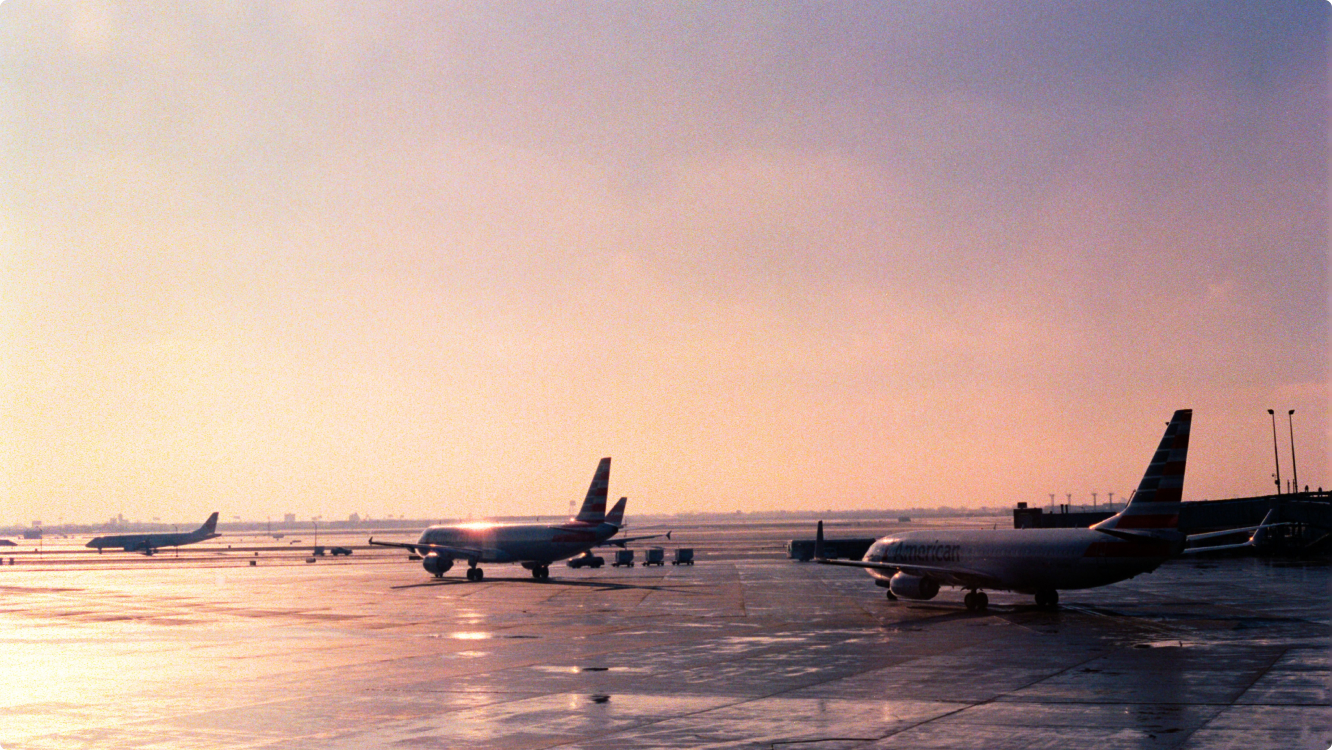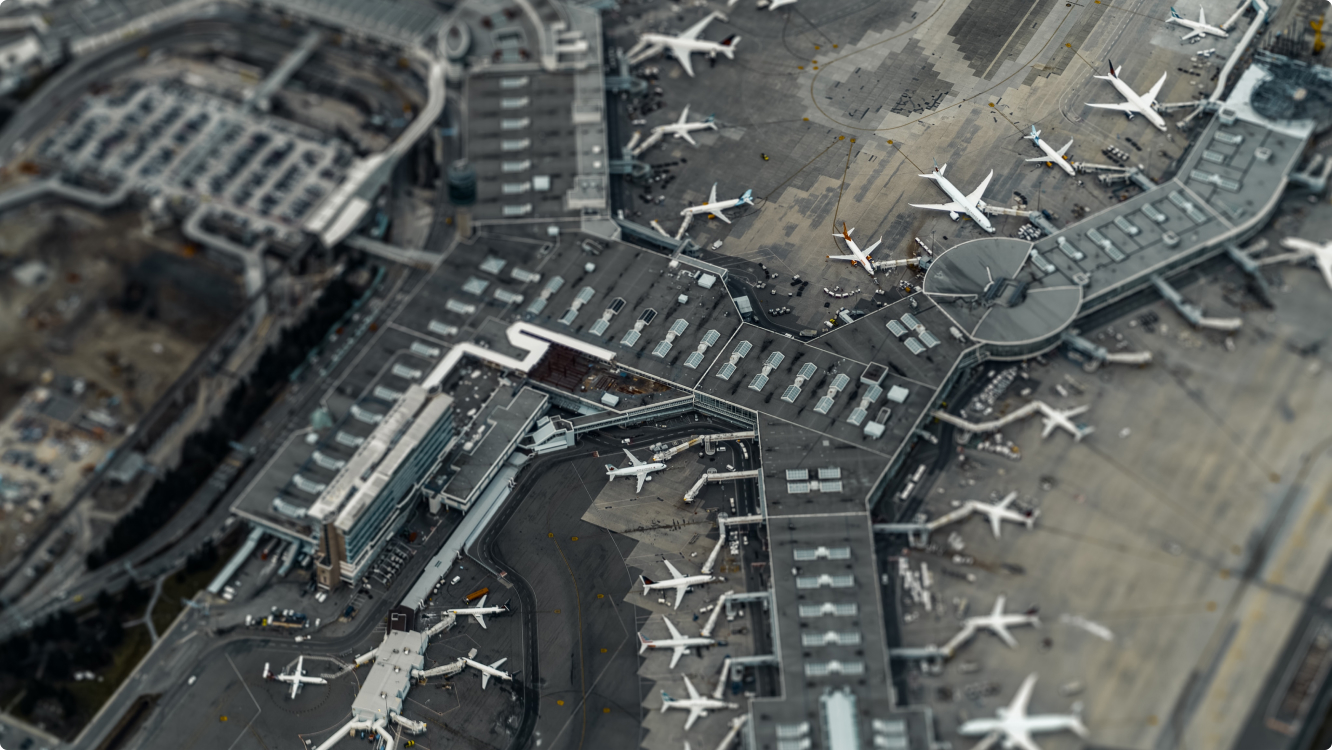Why Airspace Data
Special Use Airspace (SUA) and Military Demand
Approximately 25% of US airspace is reserved for military usage, primarily for training operations. Still, new military programs, especially advanced fighters, require additional capacity, which has led to challenges in efficient airspace utilization.


Airspace Sharing Challenges
The military notifies the FAA when exercises are completed, but the process is manual and cumbersome, relying on multiple phone calls and human data entry to communicate status. This process effectively prevents airlines from scheduling flights through unused space.
Dynamic Airspace Sharing
Airspace Data, in close collaboration with the FAA, DoD, and commercial carriers, has developed an automated system to share status during military downtime, which allows carriers to fly shorter routes and reduce fuel consumption, CO2 emissions, and costs. We call this system Dynamic Airspace Sharing.


Benefits
At scale, the adoption of Dynamic Airspace Sharing will result in annual savings of up to $1 billion in operating expenses for airlines and a reduction of 3 billion pounds of CO2 emissions. Unlike traditional "route optimization" approaches, Airspace Data focuses on solving a long-standing airspace sharing problem by providing real-time data to operators, collaborating with defense technologies, and working closely with FAA controllers. Our early partners, two major U.S. air carriers, have already realized significant benefits from the system, completing more than 650 flights and reducing emissions by nearly 600,000 pounds on a single test route since its implementation in mid-June.
Contact Us
We build and deploy technology that provides precise, timely data for flight planning and execution, enabling dynamic airspace sharing between the FAA and the U.S. military.